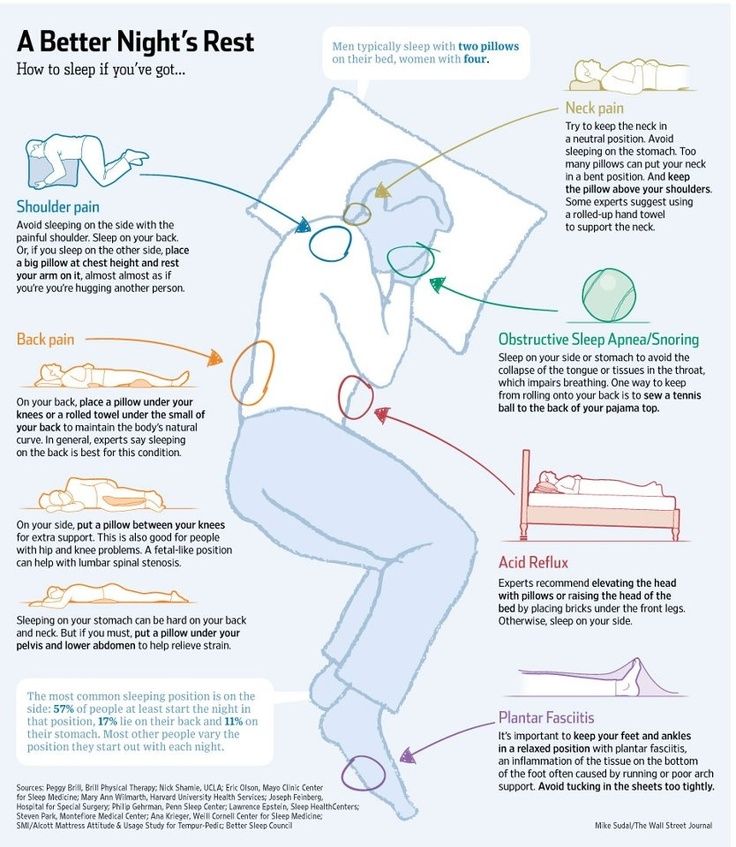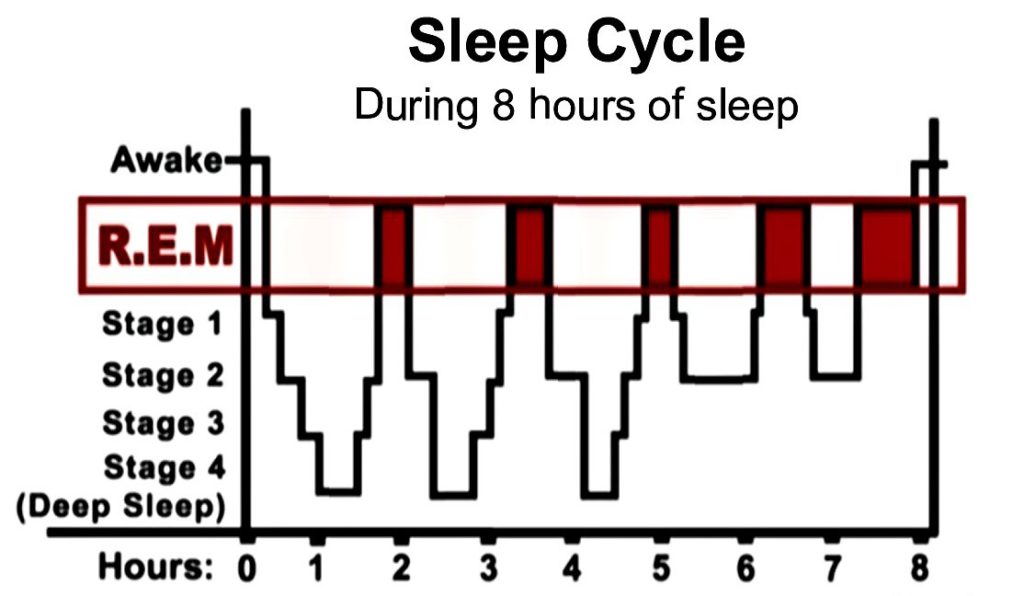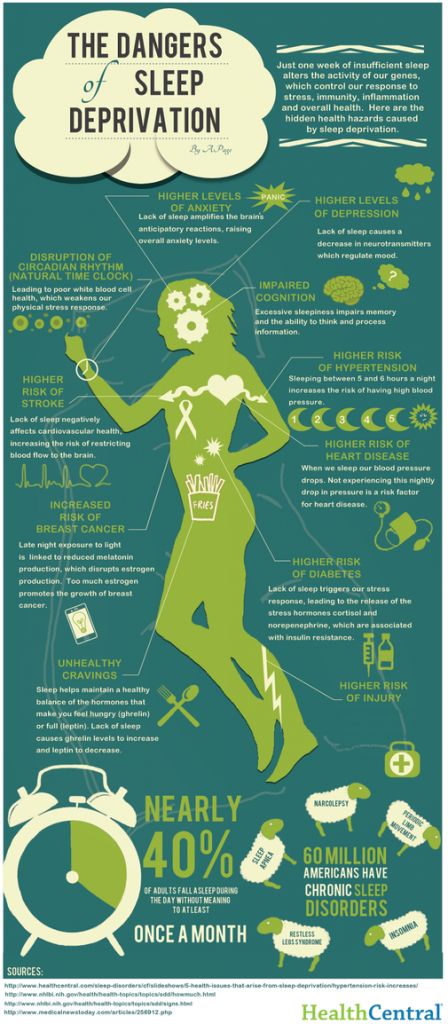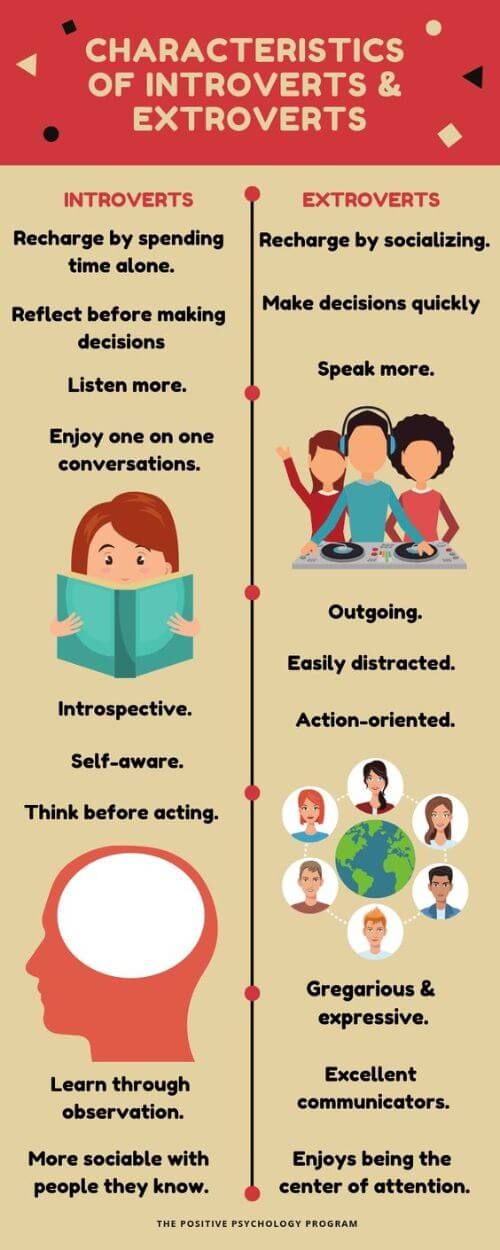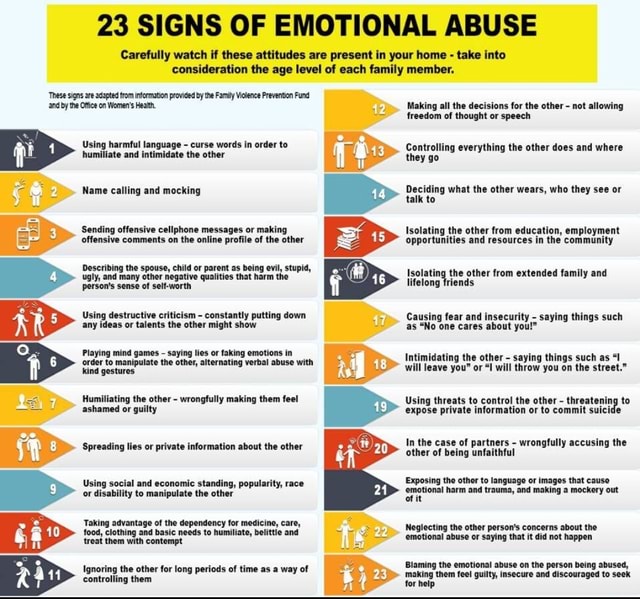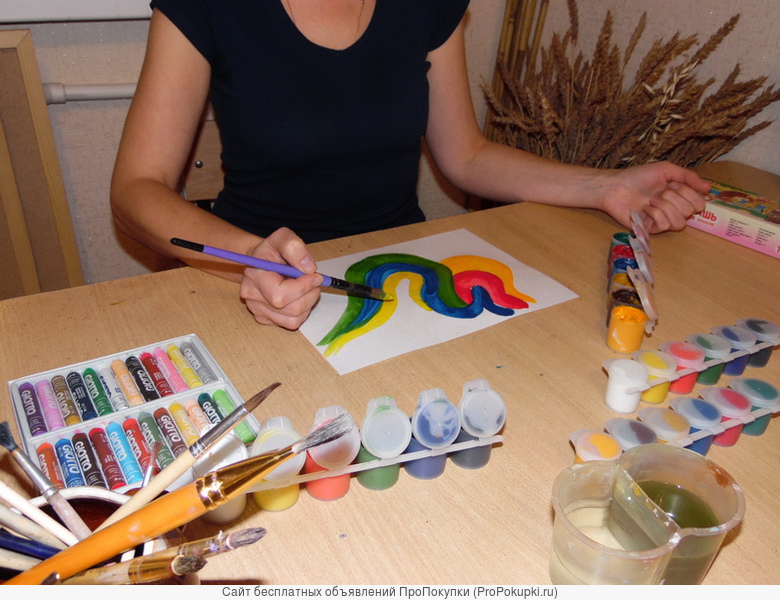Behavioral art therapy
What is Art Therapy? Explanation and Benefits
There are a number of different forms of therapy and choosing which one is the best choice may prove to be a daunting task, especially when faced with low motivation and affect as a symptom of your mental illness. Typical therapies* include those where everyday forms of communication are used — that is, a client seeking aid for an issue uses verbal communication to discuss their ills with a trained therapist. However, these therapies involve a certain level of comfort — with your self and your issues. They also require you to be comfortable expressing these issues with others. Art therapy is an excellent alternative starting point.
Art therapy offers the client an emotional outlet through artistic mediums and allows the client to better understand their situation. In this article I will outline what makes art therapy therapeutic, the effects art has on the brain, and in turn on behavior. I will also discuss how art as a form of therapy works to help clients better understand their behavior, and how art therapy can help clients alter their thoughts and behavior through cognitive behavioral therapy (CBT).
What is art therapy?
Randy Vick states that art therapy is a hybrid between art and psychology, (Vick, 2003), combining characteristics from both disciplines. Art acts as an alternative language, and helps people of all ages explore emotions, reduce stress, as well as resolve problems and conflicts, all while enhancing feelings of well-being (Malchiodi, 2003). The Canadian Art Therapy Association explains art therapy as a combination of the creative process and psychotherapy, a way to facilitate self-exploration and understanding. It is a way to express thoughts and feelings that may otherwise be difficult to articulate (CATA, 2016; http://canadianarttherapy.org/).
What are the effects?
The Ontario Art Therapy Association (OATA, 2014; http://www.oata.ca/) states that art therapy can assist in resolving emotional conflict, increasing self-esteem and self-awareness, changing behavior, and developing coping skills and strategies for problem solving. Through his cognitive model Aaron Beck has shown us that emotions, thoughts, and behaviours are interrelated and influence each other (Beck, 1967/1975).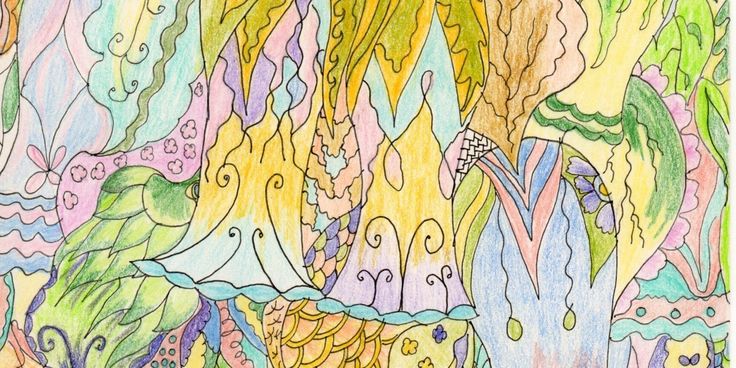 When we think a certain way about others, or ourselves this will reflect in our actions towards others and ourselves. This occurs both with positive and negative thoughts and feelings.
When we think a certain way about others, or ourselves this will reflect in our actions towards others and ourselves. This occurs both with positive and negative thoughts and feelings.
Take for example, experiencing thoughts of worthlessness due to an academic failure. When we think we are worthless we also experience the negative feelings that accompany such a thought — feelings of sadness, guilt, fear of judgment, and of future failures. This then affects our behavior, and we begin to behave in such a way that mirrors these thoughts and feelings. This turns into a vicious cycle that can only be stopped by challenging the precipitating thoughts.
Art therapy is not merely expressing your emotions and leaving the session feeling better — it also involves challenging the negative emotions and thoughts that we have. Art therapy can very easily be combined with cognitive behavioral therapy methods, to make for the best results.
Similarly, by expressing our emotions in atypical ways (through the creative process) instead of through verbal communication, we may actually come to understand them more completely.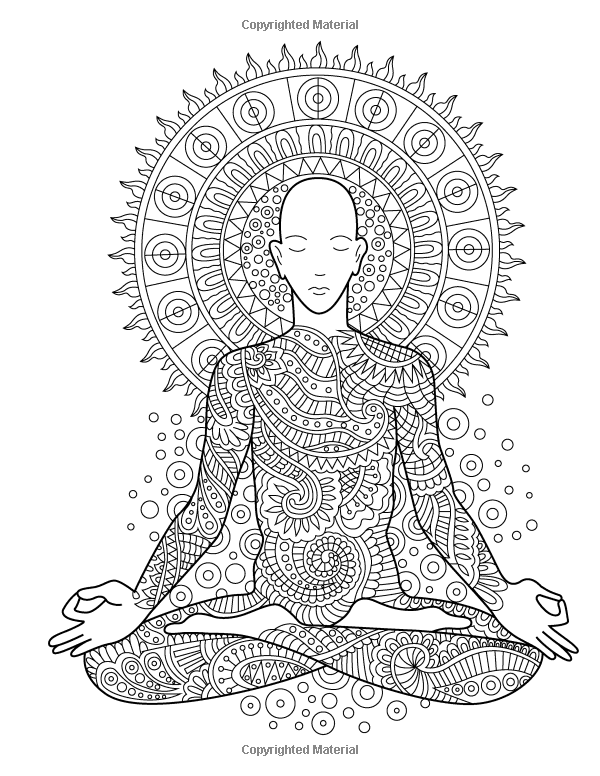 It can be challenging for some people to communicate their feelings, particularly when it comes to conflicts with other parties — we tend to resort to negative behaviours such as yelling, name calling, or finger pointing. A way to avoid this is by first dealing with the emotions in a constructive way before addressing them with the other party.
It can be challenging for some people to communicate their feelings, particularly when it comes to conflicts with other parties — we tend to resort to negative behaviours such as yelling, name calling, or finger pointing. A way to avoid this is by first dealing with the emotions in a constructive way before addressing them with the other party.
I have commented before on how art can help in documenting our feelings and emotions by acting as a sort of creative-expressive journal. This means that we have a cathartic experience through our artistic expression, and with the guidance of an art therapist, are able to uncover latent meaning, thereby discovering our underlying emotions and thoughts. With this sort of assistance, we can be shown how to alter our ways of thinking.
In art therapy we do not just draw, or paint, rather we delve deeper and see inside ourselves — just as we would in psychotherapy. The most positive aspect of art therapy is that it is a non-verbal approach to understanding the self, and our latent thoughts and feelings that may be affecting our behaviors.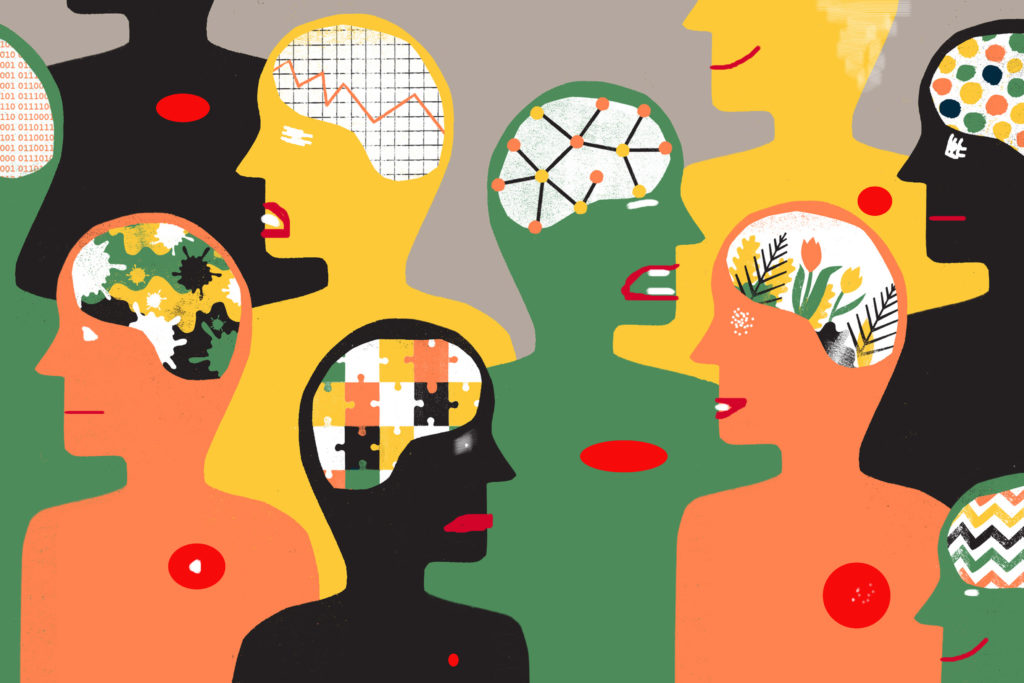 Art therapy acts as a way to pry into the content and begin to understand more than meets the eye. Our creative-expressive journal helps act as a coping strategy — it reads as a narrative. We are able to refer to such a journal and understand what we were feeling at the time, and how we coped with it – whether it is positive or negative. By referring to this we may be able to monitor feelings and behaviours, and employ positive coping strategies. Clients may even be able to paint or draw outside of therapy sessions when they feel as though they are reaching a state of negative emotionality. This helps clients cope independently from therapy sessions, which helps the client develop increased self-esteem and self-efficacy. Their ability to cope on their own demonstrates to the client that they are capable, and when they find they are able to deal effectively with a negative mood, or thought, they end up feeling positively about themselves.
Art therapy acts as a way to pry into the content and begin to understand more than meets the eye. Our creative-expressive journal helps act as a coping strategy — it reads as a narrative. We are able to refer to such a journal and understand what we were feeling at the time, and how we coped with it – whether it is positive or negative. By referring to this we may be able to monitor feelings and behaviours, and employ positive coping strategies. Clients may even be able to paint or draw outside of therapy sessions when they feel as though they are reaching a state of negative emotionality. This helps clients cope independently from therapy sessions, which helps the client develop increased self-esteem and self-efficacy. Their ability to cope on their own demonstrates to the client that they are capable, and when they find they are able to deal effectively with a negative mood, or thought, they end up feeling positively about themselves.
The effects art has on the brain.
There are a number of brain areas that are activated during artistic expression, and Lusebrink divided these into three levels: kinesthetic/sensory, perceptual/affective and cognitive/symbolic (Lusebrink, 2004).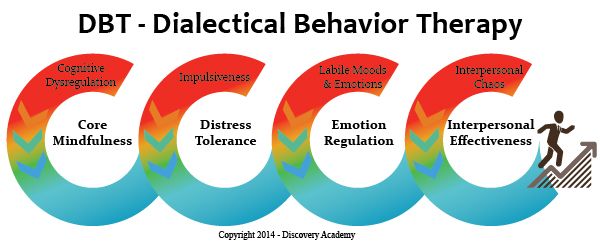 The Kinesthetic/sensory level refers to kinesthetic/motor and sensory/tactile interaction with the art media. The sensory stimulation facilitates imagery formation, and is likely to stimulate emotional responses. The perceptual/affective level is concerned with formal elements in visual expression, and focuses predominantly on the visual association cortex. The ventral stream of the visual association cortex determines what an object is, while the dorsal stream determines where the object is. Visual expression helps facilitate the construction of good gestalts through visual feedback; in art therapy, exploring external objects through touch or vision helps define and elaborate these forms (Lusebrink, 2004).
The Kinesthetic/sensory level refers to kinesthetic/motor and sensory/tactile interaction with the art media. The sensory stimulation facilitates imagery formation, and is likely to stimulate emotional responses. The perceptual/affective level is concerned with formal elements in visual expression, and focuses predominantly on the visual association cortex. The ventral stream of the visual association cortex determines what an object is, while the dorsal stream determines where the object is. Visual expression helps facilitate the construction of good gestalts through visual feedback; in art therapy, exploring external objects through touch or vision helps define and elaborate these forms (Lusebrink, 2004).
The affective aspect relates to the expression and channeling of emotions through artistic expression, and the effect emotions have on information processing (Lusebrink, 1990). Emotion influences the artistic expression – different mood states display differences in type and placement of lines, colors, and forms (Lusebrink, 2004).
The cognitive/symbolic level refers to logical thought, abstraction and analytical and sequential operations (Lusebrink, 2004). The brain area most involved with this level is the frontal cortex, and the parietal cortex (Fuster, 2003). In art therapy the interaction with the art medias and the actual expressive experience facilitates problem solving, and conceptual and abstract thought (Lusebrink, 2004). Another important aspect of the cognitive level is the ability to name and identify the images that are created – placing value and emotion on them. The symbolic aspect of this level refers to the understanding and integrating of certain symbols within the artistic experience. Lusebrink indicates that this exploration helps a client grow, and further develop their understanding of their self and others, (Lusebrink, 2004). The brain areas most activated in the symbolic level are the primary sensory cortices, as well as the uni-modal primary sensory cortices, which are especially important in exploring symbolic aspects of repressed or dissociated emotions and memories (Lusebrink, 2004).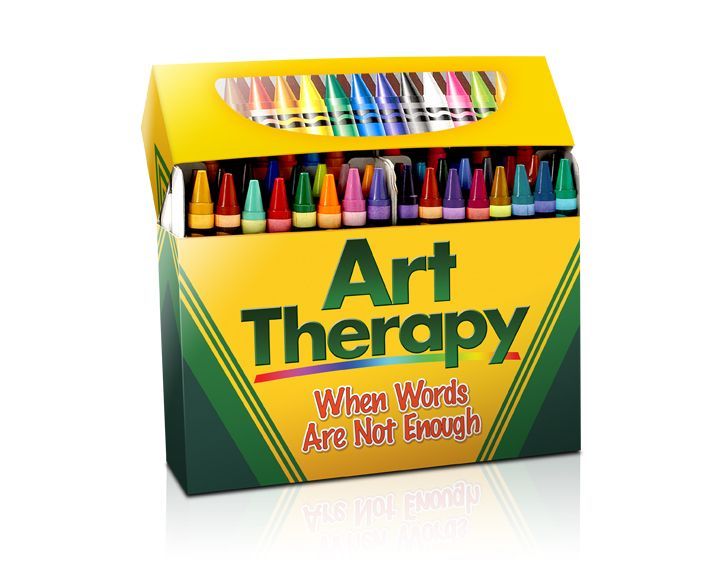
As we can see, artistic expression has a significant effect on the brain – through activation and processing. Art acts as a way to activate emotions, memories, and gestalts or symbols – it acts as a catharsis for the client, and assists them in understanding their emotions, memories and current situation. Especially important is the bringing to light of repressed memories, which once addressed, can be integrated healthily into the clients’ personality, and can be treated effectively. As we know, repression causes somatic symptoms as well as mental symptoms, which contribute to the clients’ mental health issues.
Art Therapy as a Cognitive Behavioral Therapy
As we have seen art expression helps clients express and understand their emotions and understand their memories and aspects of their psyche that lay just below the unconscious. By bringing these aspects of the self (whether repressed, dissociated, or displaced) into consciousness the client is able to integrate them positively, and effectively, into their self. This proper integration leads the client to what Rogers called their “ideal self,” which means the client is closer to a fully integrated self, and self-actualization. A client who is self-actualizing is more well-rounded, has more positive coping strategies, is more resilient to external negative situations (which makes them less likely to internalize the negativity), and is more content.
This proper integration leads the client to what Rogers called their “ideal self,” which means the client is closer to a fully integrated self, and self-actualization. A client who is self-actualizing is more well-rounded, has more positive coping strategies, is more resilient to external negative situations (which makes them less likely to internalize the negativity), and is more content.
How then does art relate to CBT? Cognitive behavioural therapies are focused on altering negative thought patterns and behaviours into more positive and adaptive ones. Artistic expression puts a client in the proper headspace for this sort of change to occur. Art as a cathartic experience allows the client to alleviate the stressors impacting their mental state, and allows the client to see their negative thought and behaviour patterns. It also helps the client to see the interaction between their thoughts and behaviours. By understanding the underlying issues influencing a mental state, we can deal with the issue and work towards effectively changing negative thought patterns.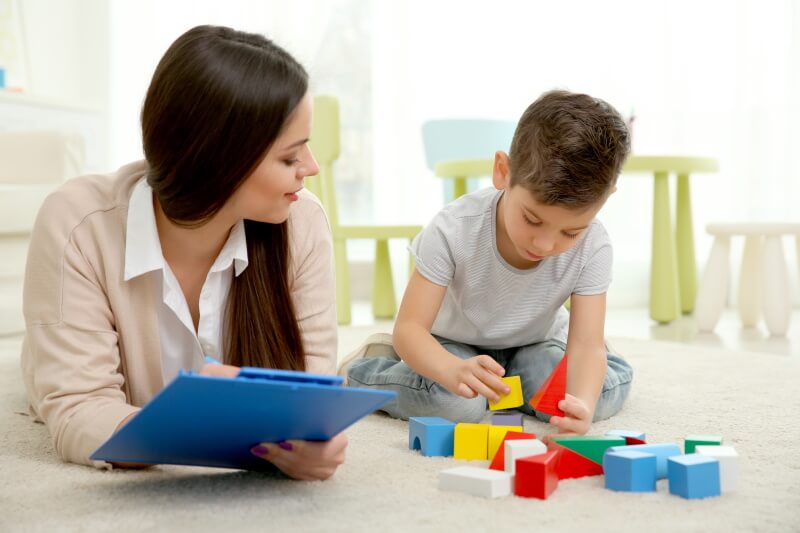
Conclusion
Art therapy is much more than a source of entertainment. It is rooted in the intersection between psychotherapeutic interventions and art as expression. Art has long since been regarded as a healing process – Plato saw music as having a calming effect on the soul (Petrillo &Winner, 2005) and Freud believed art allowed both the creator and viewer to discharge unconscious wishes, which resulted in relief from tension (Freud, 1928/1961). Slayton, D’Archer and Kaplan performed a review of academic journals in the field of art therapy in 2010, publishing the results in the journal Art Therapy. This systematic review demonstrates how far the field has come, as well as supporting evidence for the efficacy of art therapy as a therapeutic intervention. They showed that art therapy was effective with multiple and different populations, ranging from emotionally disturbed children to adults with personality disorders to those with depression, developmental disorders and chronic diseases (Slayton, D’Archer & Kaplan, 2010).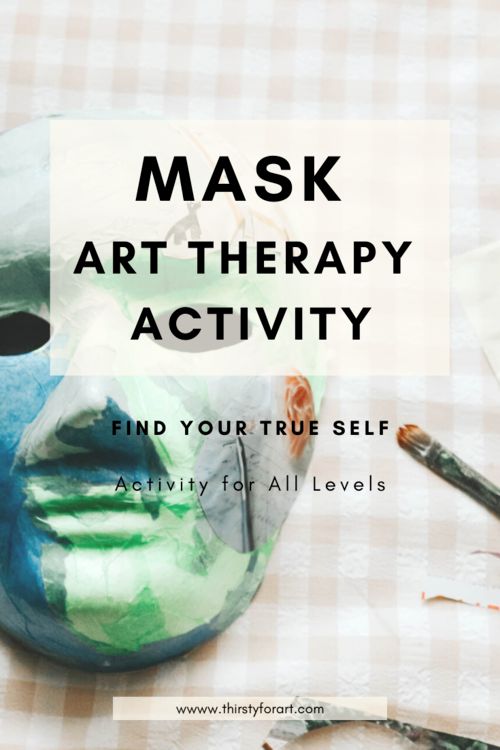
Art therapy is an intervention meant to assist clients express themselves when they otherwise are unable to do so, and it can significantly improve a clients mood, decrease their levels of stress and anxiety, and assist in better understanding the self, and their individual situation. With a plethora of activities and art mediums at their disposal, those who partake in art therapy will experience a positive change through catharsis, and will be able to apply what they learn in therapy to their everyday lives while dealing with feelings of stress, depression and anxiety.
* When I say “typical therapies” I am not solely referring to psychoanalytic psychotherapy.
References:
Beck, A.T. (1967). The diagnosis and management of depression. Philadelphia, PA: University of Pennsylvania Press.
Beck, A.T. (1975). Cognitive therapy and the emotional disorders. Madison, CT: International Universities Press, Inc.
Freud, S. (1961).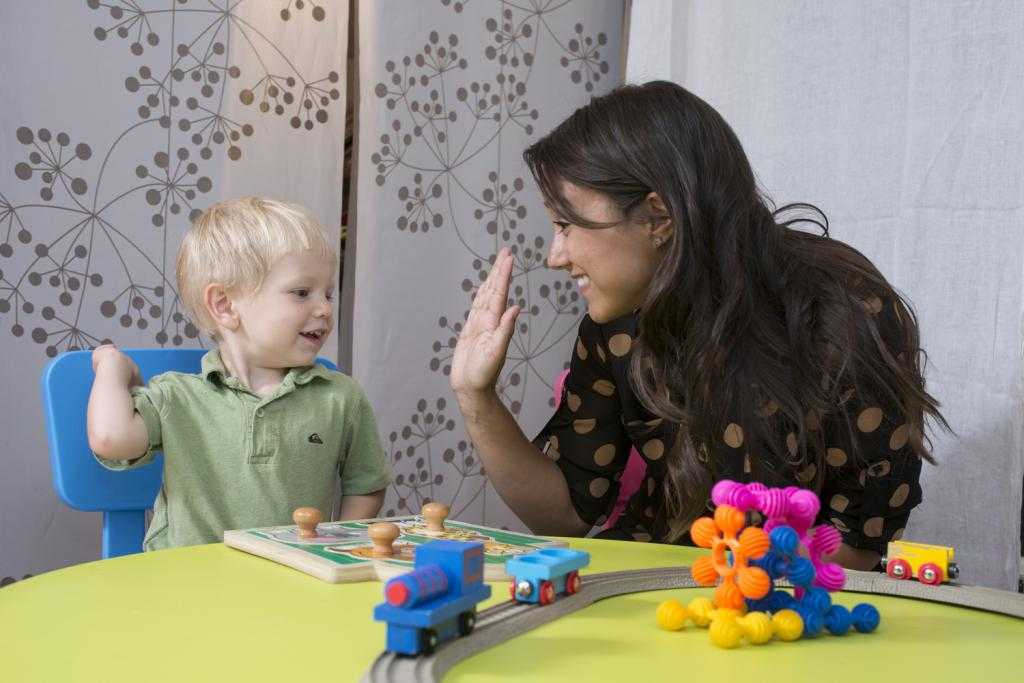 Dostoyevsky and parricide. In J. Strachey (Ed.),
Dostoyevsky and parricide. In J. Strachey (Ed.),
The standard edition of the complete psychological works of Sigmund Freud (Vol. 21). London: Hogarth Press. (Original work published 1928.)
Fuster, J. M. (2003). Cortex and mind: Unifying cognition. New York: Oxford University Press.
Lusebrink, V. B. (1990) Imagery and visual expression in therapy. New York: Plenum Press.
Lusebrink, VB. (2004). Art Therapy and the Brain: An Attempt to Understand the Underlying Processes of Art Expression in Therapy. Art Therapy: Journal of the American Art Therapy Association, 21(3) pp. 125-135.
Malchiodi, C. (2003). Handbook of Art Therapy. New York: Guilford Press.
Petrillo, L, D., & Winner, E. (2005). Does Art Improve Mood? A test of a Key Assumption Underlying Art Therapy. Art Therapy: Journal of the American Art Therapy Association, 22(4) pp. 205-212.
Rogers, Carl. (1951). Client-Centered Therapy: Its Current Practice, Implications and Theory. London: Constable.
London: Constable.
Rogers, Carl. (1961). On Becoming a Person: A Therapist’s View of Psychotherapy. London: Constable.
Slayton, S.C., D’Archer, J., & Kaplan, F. (2010). Outcome Studies on the Efficacy of Art Therapy: A Review of Findings. Art Therapy: Journal of the American Art Therapy Association, 27(3) pp. 108-118.
Vick, R. (2003). A brief history of art therapy In: Handbook of Art Therapy. New York: Guilford Press.
What is Art Therapy? Explanation and Benefits
There are a number of different forms of therapy and choosing which one is the best choice may prove to be a daunting task, especially when faced with low motivation and affect as a symptom of your mental illness. Typical therapies* include those where everyday forms of communication are used — that is, a client seeking aid for an issue uses verbal communication to discuss their ills with a trained therapist. However, these therapies involve a certain level of comfort — with your self and your issues. They also require you to be comfortable expressing these issues with others. Art therapy is an excellent alternative starting point.
They also require you to be comfortable expressing these issues with others. Art therapy is an excellent alternative starting point.
Art therapy offers the client an emotional outlet through artistic mediums and allows the client to better understand their situation. In this article I will outline what makes art therapy therapeutic, the effects art has on the brain, and in turn on behavior. I will also discuss how art as a form of therapy works to help clients better understand their behavior, and how art therapy can help clients alter their thoughts and behavior through cognitive behavioral therapy (CBT).
What is art therapy?
Randy Vick states that art therapy is a hybrid between art and psychology, (Vick, 2003), combining characteristics from both disciplines. Art acts as an alternative language, and helps people of all ages explore emotions, reduce stress, as well as resolve problems and conflicts, all while enhancing feelings of well-being (Malchiodi, 2003). The Canadian Art Therapy Association explains art therapy as a combination of the creative process and psychotherapy, a way to facilitate self-exploration and understanding. It is a way to express thoughts and feelings that may otherwise be difficult to articulate (CATA, 2016; http://canadianarttherapy.org/).
It is a way to express thoughts and feelings that may otherwise be difficult to articulate (CATA, 2016; http://canadianarttherapy.org/).
What are the effects?
The Ontario Art Therapy Association (OATA, 2014; http://www.oata.ca/) states that art therapy can assist in resolving emotional conflict, increasing self-esteem and self-awareness, changing behavior, and developing coping skills and strategies for problem solving. Through his cognitive model Aaron Beck has shown us that emotions, thoughts, and behaviours are interrelated and influence each other (Beck, 1967/1975). When we think a certain way about others, or ourselves this will reflect in our actions towards others and ourselves. This occurs both with positive and negative thoughts and feelings.
Take for example, experiencing thoughts of worthlessness due to an academic failure. When we think we are worthless we also experience the negative feelings that accompany such a thought — feelings of sadness, guilt, fear of judgment, and of future failures.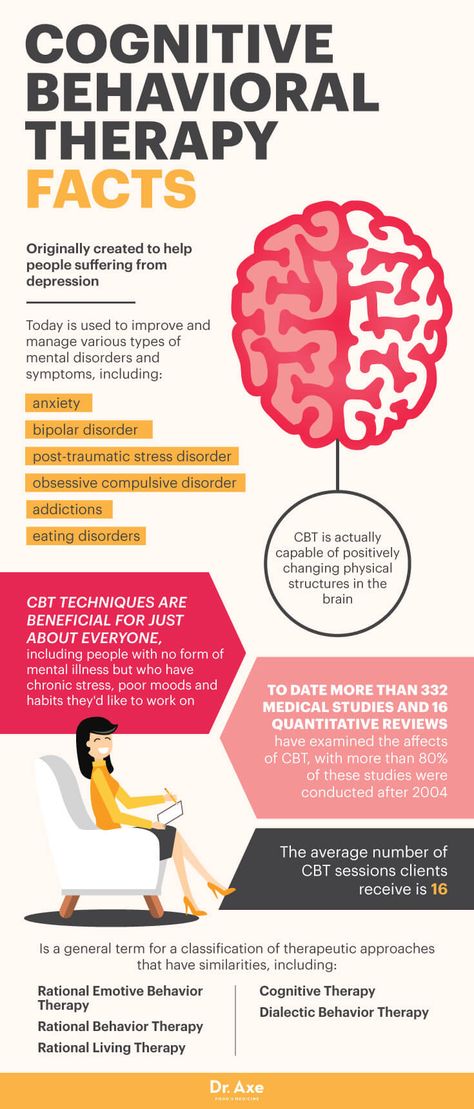 This then affects our behavior, and we begin to behave in such a way that mirrors these thoughts and feelings. This turns into a vicious cycle that can only be stopped by challenging the precipitating thoughts.
This then affects our behavior, and we begin to behave in such a way that mirrors these thoughts and feelings. This turns into a vicious cycle that can only be stopped by challenging the precipitating thoughts.
Art therapy is not merely expressing your emotions and leaving the session feeling better — it also involves challenging the negative emotions and thoughts that we have. Art therapy can very easily be combined with cognitive behavioral therapy methods, to make for the best results.
Similarly, by expressing our emotions in atypical ways (through the creative process) instead of through verbal communication, we may actually come to understand them more completely. It can be challenging for some people to communicate their feelings, particularly when it comes to conflicts with other parties — we tend to resort to negative behaviours such as yelling, name calling, or finger pointing. A way to avoid this is by first dealing with the emotions in a constructive way before addressing them with the other party.
I have commented before on how art can help in documenting our feelings and emotions by acting as a sort of creative-expressive journal. This means that we have a cathartic experience through our artistic expression, and with the guidance of an art therapist, are able to uncover latent meaning, thereby discovering our underlying emotions and thoughts. With this sort of assistance, we can be shown how to alter our ways of thinking.
In art therapy we do not just draw, or paint, rather we delve deeper and see inside ourselves — just as we would in psychotherapy. The most positive aspect of art therapy is that it is a non-verbal approach to understanding the self, and our latent thoughts and feelings that may be affecting our behaviors. Art therapy acts as a way to pry into the content and begin to understand more than meets the eye. Our creative-expressive journal helps act as a coping strategy — it reads as a narrative. We are able to refer to such a journal and understand what we were feeling at the time, and how we coped with it – whether it is positive or negative.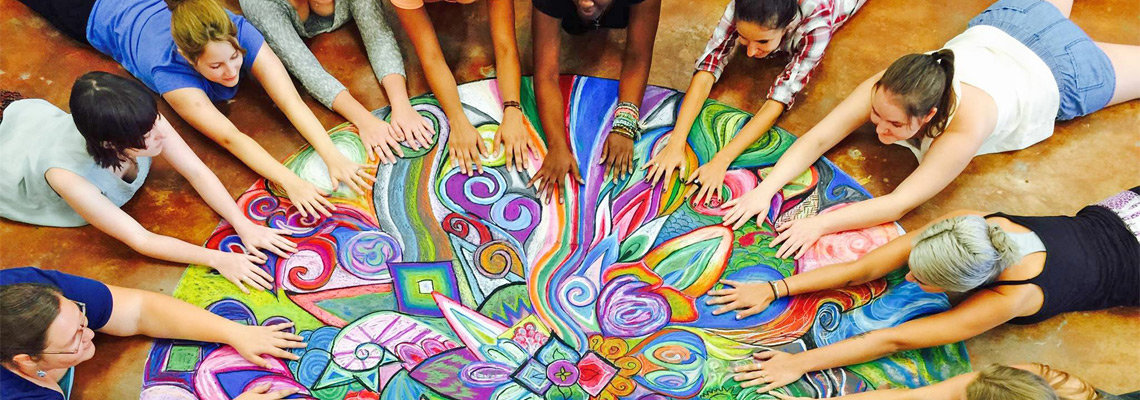 By referring to this we may be able to monitor feelings and behaviours, and employ positive coping strategies. Clients may even be able to paint or draw outside of therapy sessions when they feel as though they are reaching a state of negative emotionality. This helps clients cope independently from therapy sessions, which helps the client develop increased self-esteem and self-efficacy. Their ability to cope on their own demonstrates to the client that they are capable, and when they find they are able to deal effectively with a negative mood, or thought, they end up feeling positively about themselves.
By referring to this we may be able to monitor feelings and behaviours, and employ positive coping strategies. Clients may even be able to paint or draw outside of therapy sessions when they feel as though they are reaching a state of negative emotionality. This helps clients cope independently from therapy sessions, which helps the client develop increased self-esteem and self-efficacy. Their ability to cope on their own demonstrates to the client that they are capable, and when they find they are able to deal effectively with a negative mood, or thought, they end up feeling positively about themselves.
The effects art has on the brain.
There are a number of brain areas that are activated during artistic expression, and Lusebrink divided these into three levels: kinesthetic/sensory, perceptual/affective and cognitive/symbolic (Lusebrink, 2004). The Kinesthetic/sensory level refers to kinesthetic/motor and sensory/tactile interaction with the art media. The sensory stimulation facilitates imagery formation, and is likely to stimulate emotional responses. The perceptual/affective level is concerned with formal elements in visual expression, and focuses predominantly on the visual association cortex. The ventral stream of the visual association cortex determines what an object is, while the dorsal stream determines where the object is. Visual expression helps facilitate the construction of good gestalts through visual feedback; in art therapy, exploring external objects through touch or vision helps define and elaborate these forms (Lusebrink, 2004).
The perceptual/affective level is concerned with formal elements in visual expression, and focuses predominantly on the visual association cortex. The ventral stream of the visual association cortex determines what an object is, while the dorsal stream determines where the object is. Visual expression helps facilitate the construction of good gestalts through visual feedback; in art therapy, exploring external objects through touch or vision helps define and elaborate these forms (Lusebrink, 2004).
The affective aspect relates to the expression and channeling of emotions through artistic expression, and the effect emotions have on information processing (Lusebrink, 1990). Emotion influences the artistic expression – different mood states display differences in type and placement of lines, colors, and forms (Lusebrink, 2004).
The cognitive/symbolic level refers to logical thought, abstraction and analytical and sequential operations (Lusebrink, 2004). The brain area most involved with this level is the frontal cortex, and the parietal cortex (Fuster, 2003).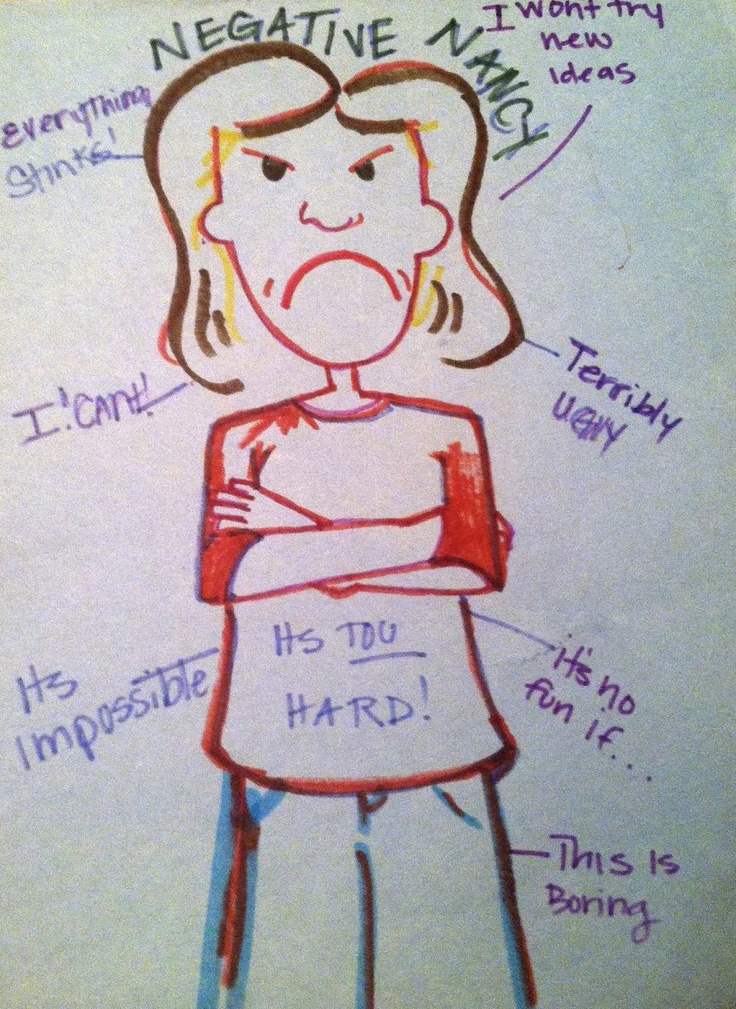 In art therapy the interaction with the art medias and the actual expressive experience facilitates problem solving, and conceptual and abstract thought (Lusebrink, 2004). Another important aspect of the cognitive level is the ability to name and identify the images that are created – placing value and emotion on them. The symbolic aspect of this level refers to the understanding and integrating of certain symbols within the artistic experience. Lusebrink indicates that this exploration helps a client grow, and further develop their understanding of their self and others, (Lusebrink, 2004). The brain areas most activated in the symbolic level are the primary sensory cortices, as well as the uni-modal primary sensory cortices, which are especially important in exploring symbolic aspects of repressed or dissociated emotions and memories (Lusebrink, 2004).
In art therapy the interaction with the art medias and the actual expressive experience facilitates problem solving, and conceptual and abstract thought (Lusebrink, 2004). Another important aspect of the cognitive level is the ability to name and identify the images that are created – placing value and emotion on them. The symbolic aspect of this level refers to the understanding and integrating of certain symbols within the artistic experience. Lusebrink indicates that this exploration helps a client grow, and further develop their understanding of their self and others, (Lusebrink, 2004). The brain areas most activated in the symbolic level are the primary sensory cortices, as well as the uni-modal primary sensory cortices, which are especially important in exploring symbolic aspects of repressed or dissociated emotions and memories (Lusebrink, 2004).
As we can see, artistic expression has a significant effect on the brain – through activation and processing. Art acts as a way to activate emotions, memories, and gestalts or symbols – it acts as a catharsis for the client, and assists them in understanding their emotions, memories and current situation.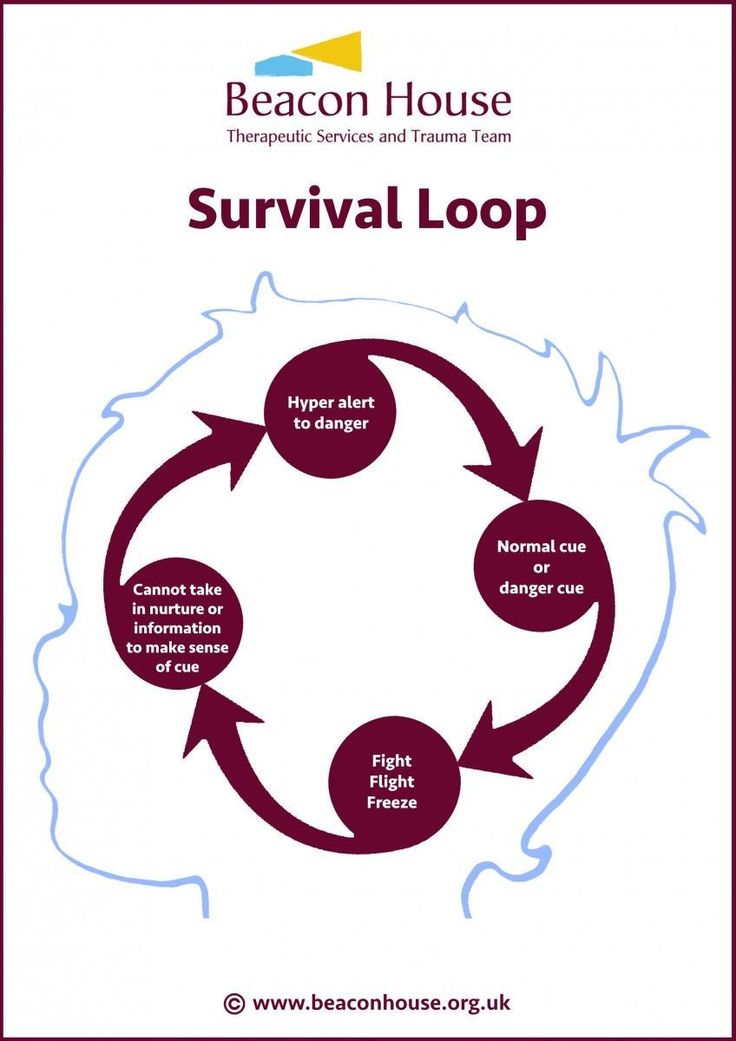 Especially important is the bringing to light of repressed memories, which once addressed, can be integrated healthily into the clients’ personality, and can be treated effectively. As we know, repression causes somatic symptoms as well as mental symptoms, which contribute to the clients’ mental health issues.
Especially important is the bringing to light of repressed memories, which once addressed, can be integrated healthily into the clients’ personality, and can be treated effectively. As we know, repression causes somatic symptoms as well as mental symptoms, which contribute to the clients’ mental health issues.
Art Therapy as a Cognitive Behavioral Therapy
As we have seen art expression helps clients express and understand their emotions and understand their memories and aspects of their psyche that lay just below the unconscious. By bringing these aspects of the self (whether repressed, dissociated, or displaced) into consciousness the client is able to integrate them positively, and effectively, into their self. This proper integration leads the client to what Rogers called their “ideal self,” which means the client is closer to a fully integrated self, and self-actualization. A client who is self-actualizing is more well-rounded, has more positive coping strategies, is more resilient to external negative situations (which makes them less likely to internalize the negativity), and is more content.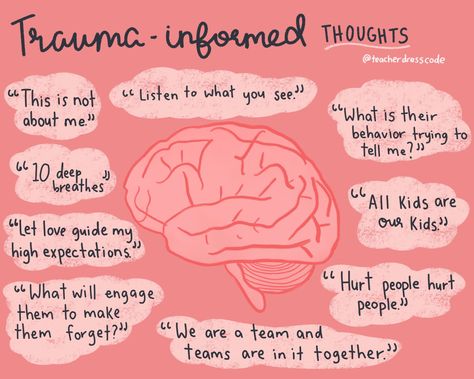
How then does art relate to CBT? Cognitive behavioural therapies are focused on altering negative thought patterns and behaviours into more positive and adaptive ones. Artistic expression puts a client in the proper headspace for this sort of change to occur. Art as a cathartic experience allows the client to alleviate the stressors impacting their mental state, and allows the client to see their negative thought and behaviour patterns. It also helps the client to see the interaction between their thoughts and behaviours. By understanding the underlying issues influencing a mental state, we can deal with the issue and work towards effectively changing negative thought patterns.
Conclusion
Art therapy is much more than a source of entertainment. It is rooted in the intersection between psychotherapeutic interventions and art as expression. Art has long since been regarded as a healing process – Plato saw music as having a calming effect on the soul (Petrillo &Winner, 2005) and Freud believed art allowed both the creator and viewer to discharge unconscious wishes, which resulted in relief from tension (Freud, 1928/1961).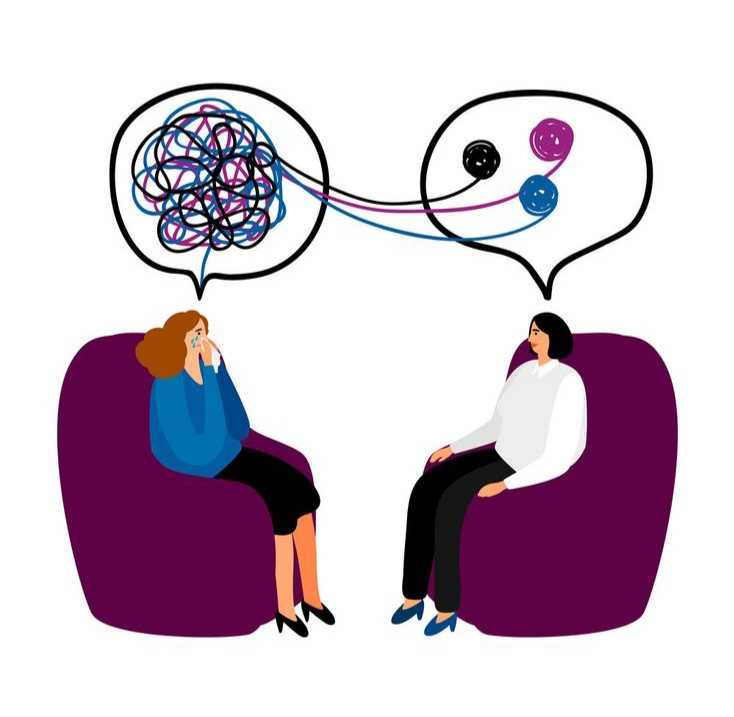 Slayton, D’Archer and Kaplan performed a review of academic journals in the field of art therapy in 2010, publishing the results in the journal Art Therapy. This systematic review demonstrates how far the field has come, as well as supporting evidence for the efficacy of art therapy as a therapeutic intervention. They showed that art therapy was effective with multiple and different populations, ranging from emotionally disturbed children to adults with personality disorders to those with depression, developmental disorders and chronic diseases (Slayton, D’Archer & Kaplan, 2010).
Slayton, D’Archer and Kaplan performed a review of academic journals in the field of art therapy in 2010, publishing the results in the journal Art Therapy. This systematic review demonstrates how far the field has come, as well as supporting evidence for the efficacy of art therapy as a therapeutic intervention. They showed that art therapy was effective with multiple and different populations, ranging from emotionally disturbed children to adults with personality disorders to those with depression, developmental disorders and chronic diseases (Slayton, D’Archer & Kaplan, 2010).
Art therapy is an intervention meant to assist clients express themselves when they otherwise are unable to do so, and it can significantly improve a clients mood, decrease their levels of stress and anxiety, and assist in better understanding the self, and their individual situation. With a plethora of activities and art mediums at their disposal, those who partake in art therapy will experience a positive change through catharsis, and will be able to apply what they learn in therapy to their everyday lives while dealing with feelings of stress, depression and anxiety.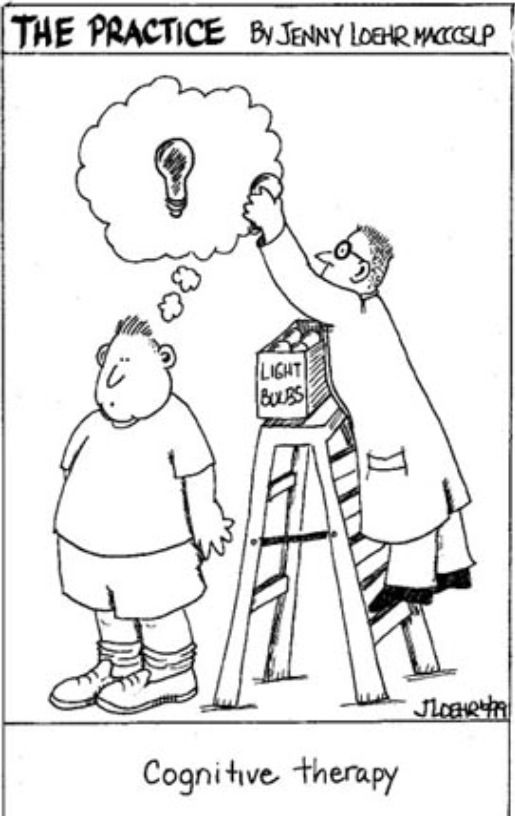
* When I say “typical therapies” I am not solely referring to psychoanalytic psychotherapy.
References:
Beck, A.T. (1967). The diagnosis and management of depression. Philadelphia, PA: University of Pennsylvania Press.
Beck, A.T. (1975). Cognitive therapy and the emotional disorders. Madison, CT: International Universities Press, Inc.
Freud, S. (1961). Dostoyevsky and parricide. In J. Strachey (Ed.),
The standard edition of the complete psychological works of Sigmund Freud (Vol. 21). London: Hogarth Press. (Original work published 1928.)
Fuster, J. M. (2003). Cortex and mind: Unifying cognition. New York: Oxford University Press.
Lusebrink, V. B. (1990) Imagery and visual expression in therapy. New York: Plenum Press.
Lusebrink, VB. (2004). Art Therapy and the Brain: An Attempt to Understand the Underlying Processes of Art Expression in Therapy. Art Therapy: Journal of the American Art Therapy Association, 21(3) pp.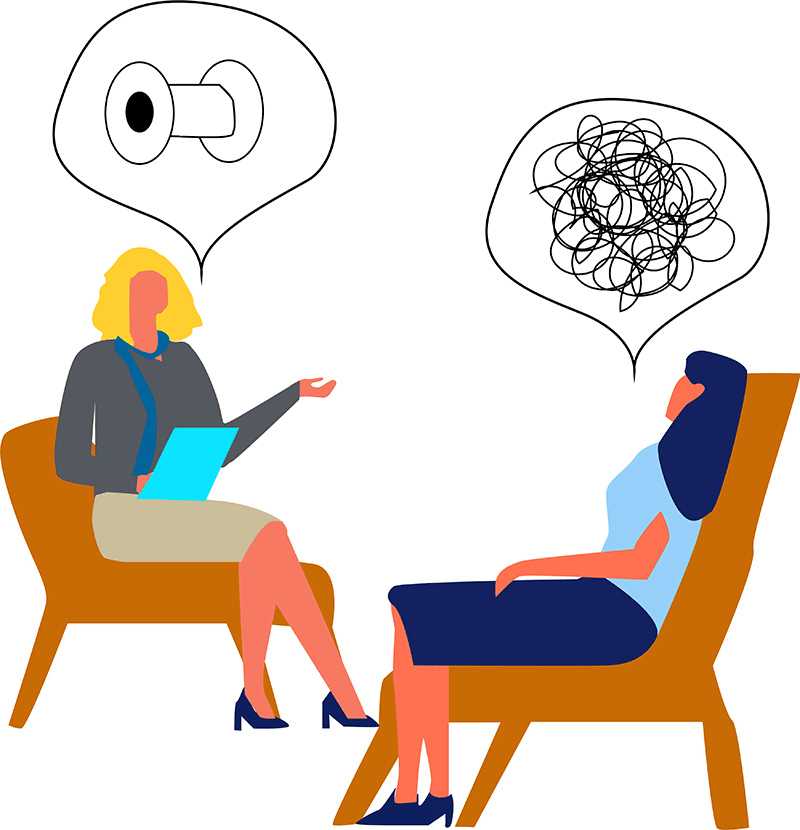 125-135.
125-135.
Malchiodi, C. (2003). Handbook of Art Therapy. New York: Guilford Press.
Petrillo, L, D., & Winner, E. (2005). Does Art Improve Mood? A test of a Key Assumption Underlying Art Therapy. Art Therapy: Journal of the American Art Therapy Association, 22(4) pp. 205-212.
Rogers, Carl. (1951). Client-Centered Therapy: Its Current Practice, Implications and Theory. London: Constable.
Rogers, Carl. (1961). On Becoming a Person: A Therapist’s View of Psychotherapy. London: Constable.
Slayton, S.C., D’Archer, J., & Kaplan, F. (2010). Outcome Studies on the Efficacy of Art Therapy: A Review of Findings. Art Therapy: Journal of the American Art Therapy Association, 27(3) pp. 108-118.
Vick, R. (2003). A brief history of art therapy In: Handbook of Art Therapy. New York: Guilford Press.
Book "Cognitive Behavioral Art Therapy" Rosal M L
- Books
- Fiction
- non-fiction nine0003 Children's literature
- Literature in foreign languages
- Trips.
 Hobby. Leisure
Hobby. Leisure - art books nine0003 Biographies. Memoirs. Publicism
- Comics. Manga. Graphic novels
- Magazines
- Print on demand nine0006
- Autographed books
- Books as a gift
- Moscow recommends
- nine0035 Authors • Series • Publishers • Genre
- Electronic audiobooks
- CDs
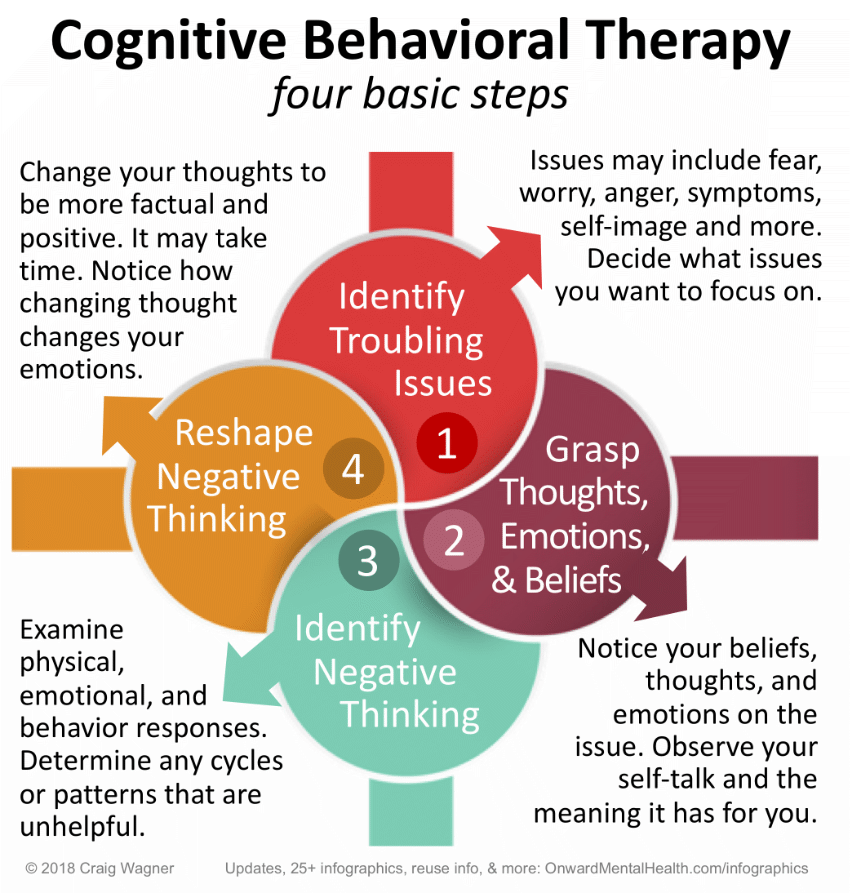 Winemaking
Winemaking - Children's literature
- Collected works nine0003 Art
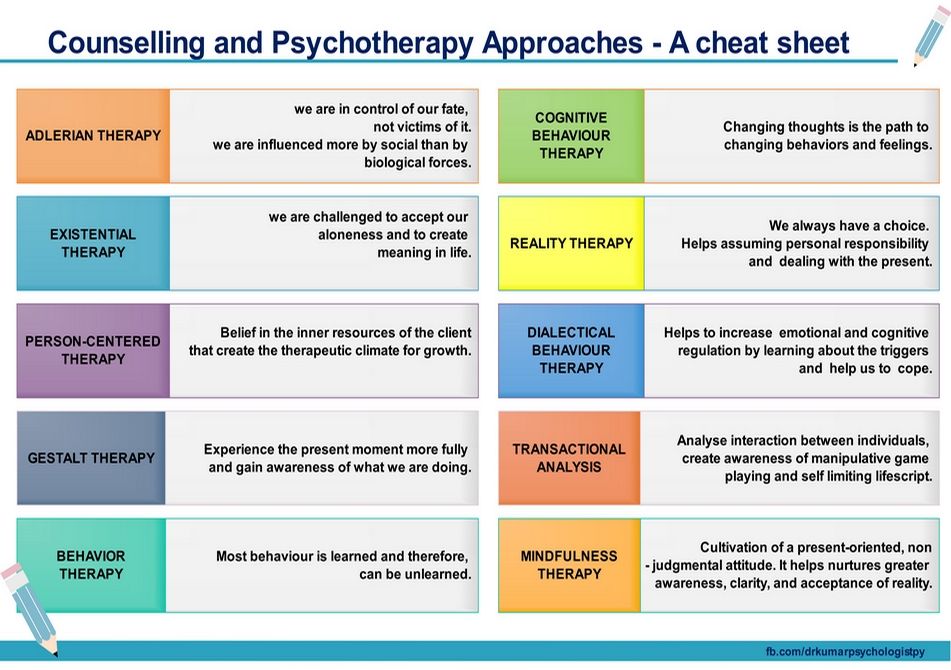 Russian nine0006
Russian nine0006 - business man accessories
- Unusual office
- Paper and white supplies nine0006
- Writing utensils
- Small office goods
- For artists
Advanced Search
Rosal M. L.
L.
We recommend to see
nine0035 Dilts R.Tongue tricks. Changing beliefs with NLP
416 ₽
480 ₽ in store
Buy
Cialdini R.
Psychology of influence. 5th edition
956 ₽
1 040 ₽ in store nine0036
Buy
Beck J.
Cognitive behavioral therapy. From basics to directions
1 013 ₽
1 100 ₽ in store
Buy
Leahy R.
Freedom from anxiety. Deal with anxiety before it does with you
741 ₽
820 ₽ in store
Buy
Cialdini R.
Psychology of influence
416 ₽
480 ₽ in store
Buy
nine0035 Frankl VESaying "YES" to life: a psychologist in a concentration camp. 9th edition
515 ₽
620 ₽ in store
Buy
Frankl V.
About the meaning of life
465 ₽
560 ₽ in store
Buy
Bettelheim B.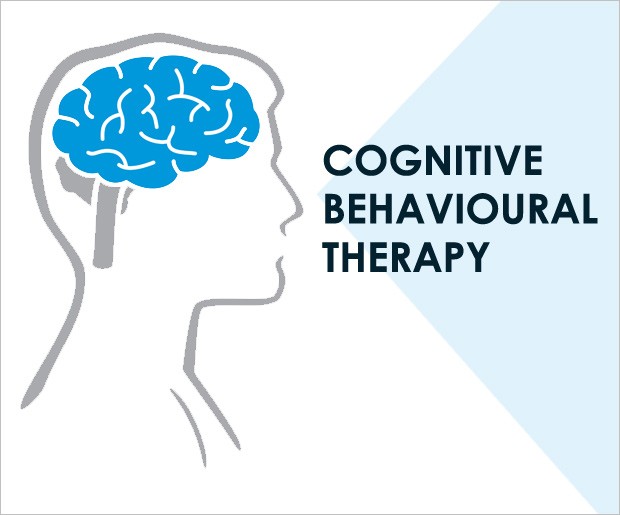
Enlightened heart. Human autonomy in the era of mass societies
789 ₽
950 ₽ in store
Buy
N. Yu. Nepryakhin.
Anatomy of delusions. The Big Book of Critical Thinking
822 ₽
990 ₽ in store
Buy
Crosby D.
Behavioral investing
855 ₽
1 030 ₽ in store
Buy
nine0035 Frankl W.Subconscious god. Psychotherapy and Religion
515 ₽
620 ₽ in store
Buy
Kolk B.
The body remembers everything: what role does psychological trauma play in a person's life and what techniques help to overcome it
863 ₽ nine0036
1 040 ₽ in store
Buy
Pinker S.
Rationality. What is it, why do we miss it and why is it important
930 ₽
1 120 ₽ in store
Buy
nine0035 Talk differently. Set of deliberate questions for introspection1 469 ₽
1 770 ₽ in store
Buy
Dispenza J.
The power of the subconscious, or How to change your life in 4 weeks
697 ₽
840 ₽ in store nine0036
Buy
Fromm E.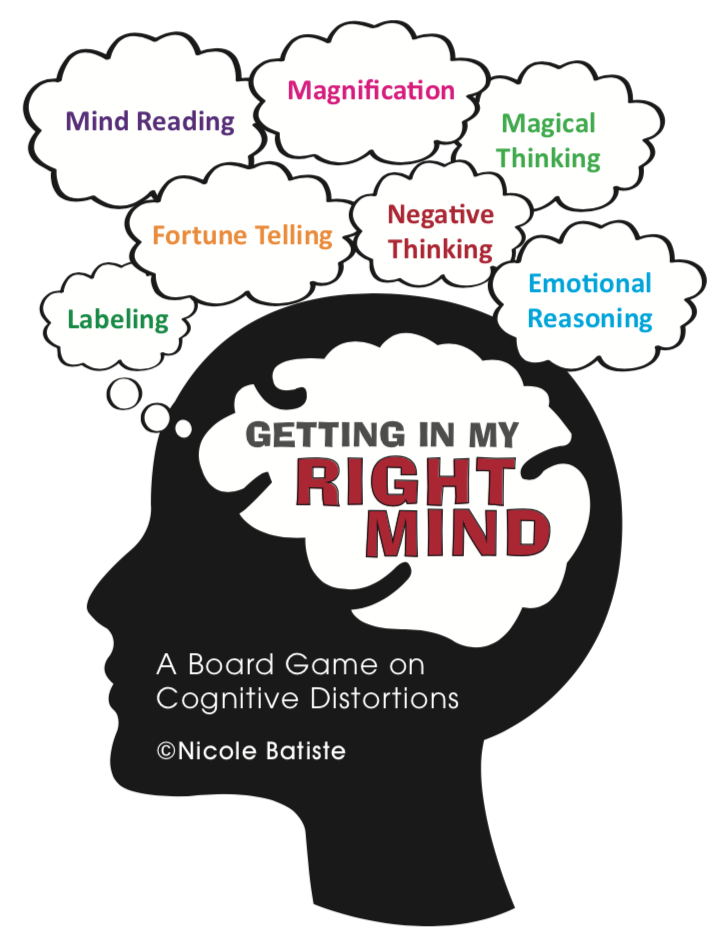
The Art of Loving
257 ₽
310 ₽ in store
Buy
Saveliev SV
Poverty of the brain. 4th edition
1 137 ₽ nine0036
1 370 ₽ in store
Buy
Saveliev SV
Atlas of the human brain. 2nd edition
2 888 ₽
3 480 ₽ in store
Buy
Burns D.
Good mood: A guide to dealing with depression and anxiety. Techniques and exercises
822 ₽
990 ₽ in store
Buy
Burke P.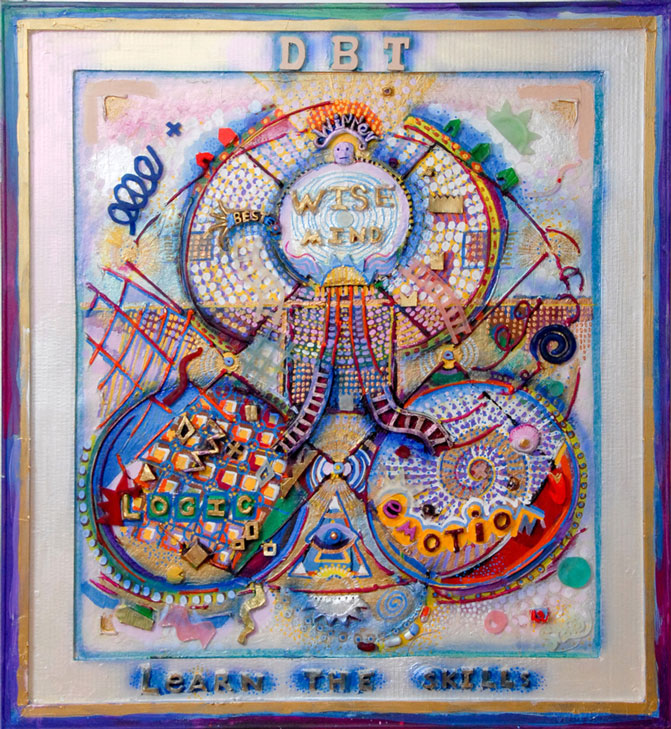
Polymat. The history of universal people from Leonardo da Vinci to Susan Sontag
772 ₽ nine0036
930 ₽ in store
Buy
Load more
therapy - what it is, how it helps and what it happens : Blog Alter
Many underestimate art therapy and even consider it unscientific. We talk about why art therapy methods work and who they are suitable for.
- How Art Therapy Works
- Types of art therapy
- isotherapy
- fairy tale therapy
- drama therapy
- puppet therapy nine0006
- sand therapy
- Music therapy
- Who is this direction for?
- What to expect from a session
Art therapy — literally “healing through creativity”; psychotherapy that uses creative techniques.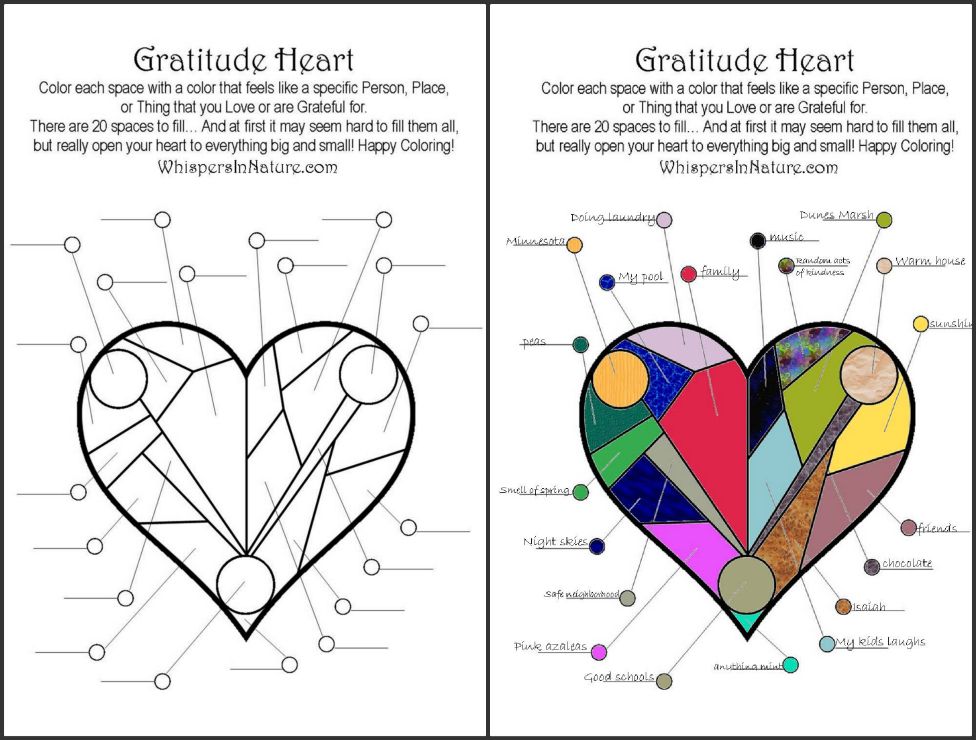 However, it is different from a simple art, music or acting class. The goal of art therapy is not to create an object of art, but to work with one's own Self. It focuses not on the result, but on the process. That's why you don't have to be creative to go to art therapy. nine0036
However, it is different from a simple art, music or acting class. The goal of art therapy is not to create an object of art, but to work with one's own Self. It focuses not on the result, but on the process. That's why you don't have to be creative to go to art therapy. nine0036
Basically, art therapy methods are used in combination with other psychotherapeutic areas. This combination contributes to the most complete disclosure of the client, the study of injuries and the removal of blocks.
How art therapy works
Art therapy works mainly with unconscious processes. Its origins are well-known psychoanalysts - Carl Jung and Sigmund Freud. They noticed that in creativity a person expresses hidden desires and emotions. Later, the artist Adrian Hill, who worked with tuberculosis patients, noticed the positive impact of creativity on the condition of patients. It was he who introduced the concept of "art therapy". nine0036
Many people do not understand their own emotions and do not know how to express them; it is difficult for them to establish contact with themselves and others.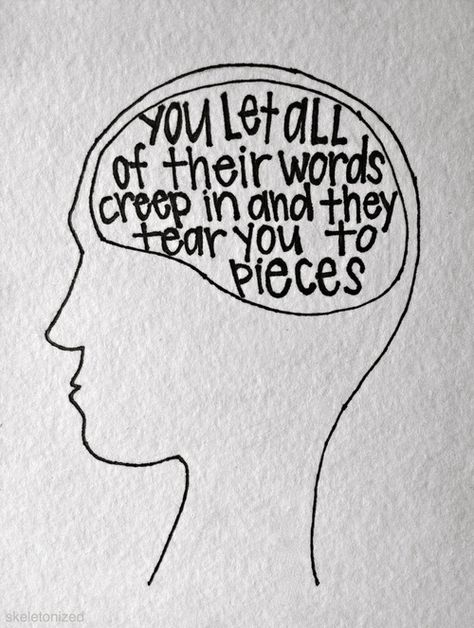 The reason may be internal prohibitions, negative attitudes or traumas that continue to affect the psyche. Finding and expressing these problems is easier in the creative process. You do not talk about yourself directly - but express yourself metaphorically: color, sound, movement. Then, together with the therapist, "decode" the message and work through it.
The reason may be internal prohibitions, negative attitudes or traumas that continue to affect the psyche. Finding and expressing these problems is easier in the creative process. You do not talk about yourself directly - but express yourself metaphorically: color, sound, movement. Then, together with the therapist, "decode" the message and work through it.
Art therapy helps:
- increase self-esteem;
- reduce stress levels and get rid of chronic stress;
- get rid of anxiety disorder and depression;
- resolve family and parent-child conflicts;
- develop effective behavioral strategies and improve communication skills;
- better understand yourself, your desires, needs and goals.
Types of art therapy
Art therapy has many types: as many as there are varieties of creativity. But we will talk about the most common. nine0036
Isotherapy
The most famous form of art therapy is drawing therapy.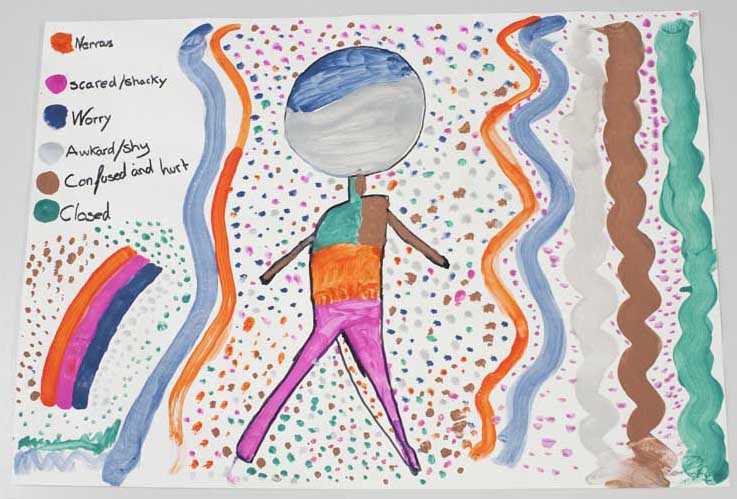 Its popularity is due to the fact that drawing is a natural activity through which a child learns the world. So, everyone has tried it at least once.
Its popularity is due to the fact that drawing is a natural activity through which a child learns the world. So, everyone has tried it at least once.
Everything is important here: the choice of tools, work with color, texture, image composition. The therapist can set a topic, or he can offer the client to choose it on his own, depending on the request and the characteristics of the person.
nine0035 Isotherapy works effectively with the sense of one's own boundaries, which is often disturbed in children.
Isotherapy works effectively with the sense of one's own boundaries, which is often violated in children. For example, a common technique: the therapist asks the child to lie down on a piece of paper and outline the outline of the body, and then draw something inside and out. So the child begins to better understand himself and his relationship with the world.
Working with paints, crayons, water, paper - all this also develops sensorimotor skills.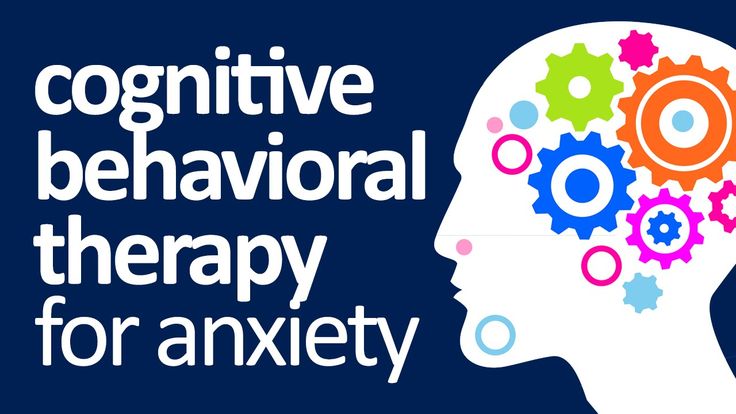 Which, in turn, push the development of the cognitive sphere. nine0036
Which, in turn, push the development of the cognitive sphere. nine0036
Isotherapy will help an adult client overcome constraint, dispel the illusion that he is incapable of creativity and teach new ways of self-expression.
Fairy tale therapy
Psychoanalysts often resort to fairy tale therapy. Coming up with a plot or dressing up his own life situation in a fairy tale, the client may come to an unexpected solution. Free flight of fantasy and associations with childhood contribute to self-disclosure. Therefore, fairy tale therapy is used in work not only with children, but also with adults. nine0036
Drama therapy
Improvisation and acting out different roles helps to improve the social and communicative sphere. The client develops empathy, learns to better feel his body, express emotions and build interaction with others. Also, drama therapy helps to get rid of muscle blocks and clamps, as a result - to establish psychosomatics.
Puppet therapy
A combination of fairy tale and drama therapy. It shows itself well in working with children: it is natural for them to “act out” traumatic situations and emotional experiences. With the help of doll therapy, the child develops empathy and learns effective behavior patterns. nine0036
It shows itself well in working with children: it is natural for them to “act out” traumatic situations and emotional experiences. With the help of doll therapy, the child develops empathy and learns effective behavior patterns. nine0036
Sand therapy
Carl Jung was the first to use sand therapy in his work. With the help of creative images in the sand, he addressed the unconscious experience of the client and "extracted" deep emotions and early experiences.
The client draws or creates various forms in the sand, reorganizes them, destroys them, remakes them. In the process, he discusses with the therapist what is happening. Creative flow and sensory impact relax, allow you to open up, “remember” and work through repressed experiences. nine0036
Music therapy
Have you noticed that music can change your mood? Art therapy uses this effect. During the session, the client can both listen to musical works, react to them emotionally, discuss it with the therapist, and compose melodies on their own.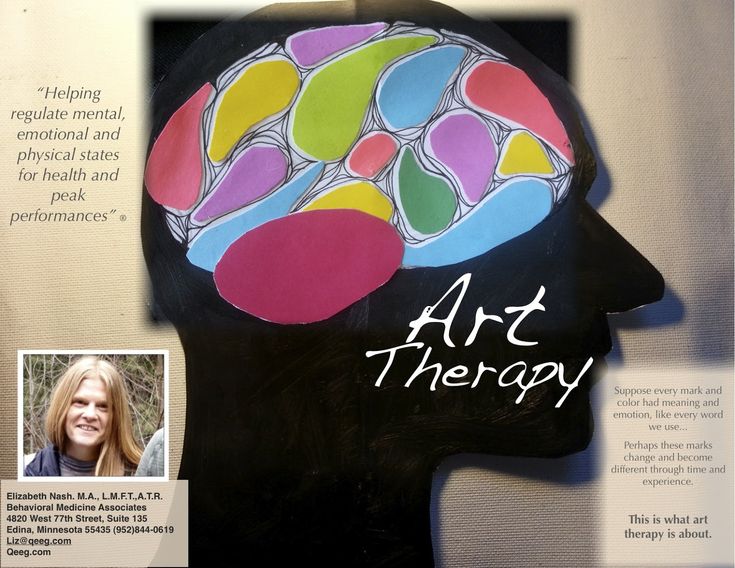
For whom this direction is suitable
Art therapy is suitable for both children and adults. Her advantage in working with children is an element of play, expressiveness and no need to talk a lot. Thanks to the latter, art therapy shows itself well in working with children with autism spectrum disorder. There are many among them who find it difficult to express themselves verbally, and the world around them seems to them a chaotic incomprehensible structure. nine0036
Many are engaged in creativity in childhood, but stop doing it with age. And they stop being open and forbid themselves emotions.
Art therapy helps develop communication and cognitive skills, understand others and feel more confident.
Art therapy gives adults a better understanding of themselves and their feelings. Many people are engaged in creativity in childhood, but stop doing it with age. And they stop being open and forbid themselves emotions. This is bad for both psychological and physical health - art therapy addresses the "emotional brain" of a person and reveals all its benefits for a person. nine0036
This is bad for both psychological and physical health - art therapy addresses the "emotional brain" of a person and reveals all its benefits for a person. nine0036
Art therapy helps people who have experienced a serious illness to accept what happened and go through treatment. It shows how not to accumulate experiences in yourself, continue to enjoy life, and prevents deep depression.
What to expect from the session
An art therapy session starts the same way as in any other direction: with a request. You will discuss problems and goals with your therapist. During the creative process, the therapist may ask how you feel or guide your activities. Upon completion of the work, you will interpret the result of creativity, discussing what thoughts and memories arose in the process. nine0036
The effect can be felt already after the first session, and maybe only after a while. It depends on the individual characteristics of the client and the complexity of the request.
